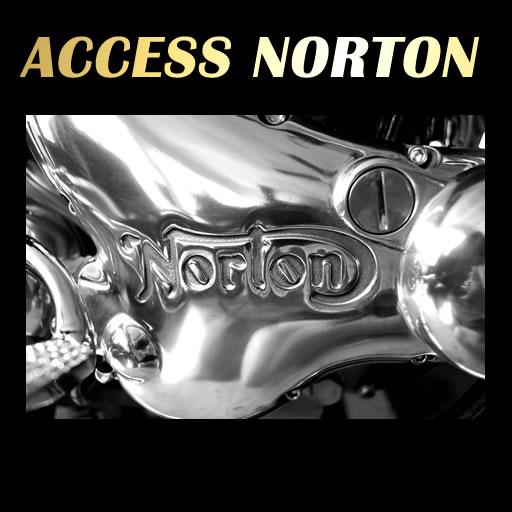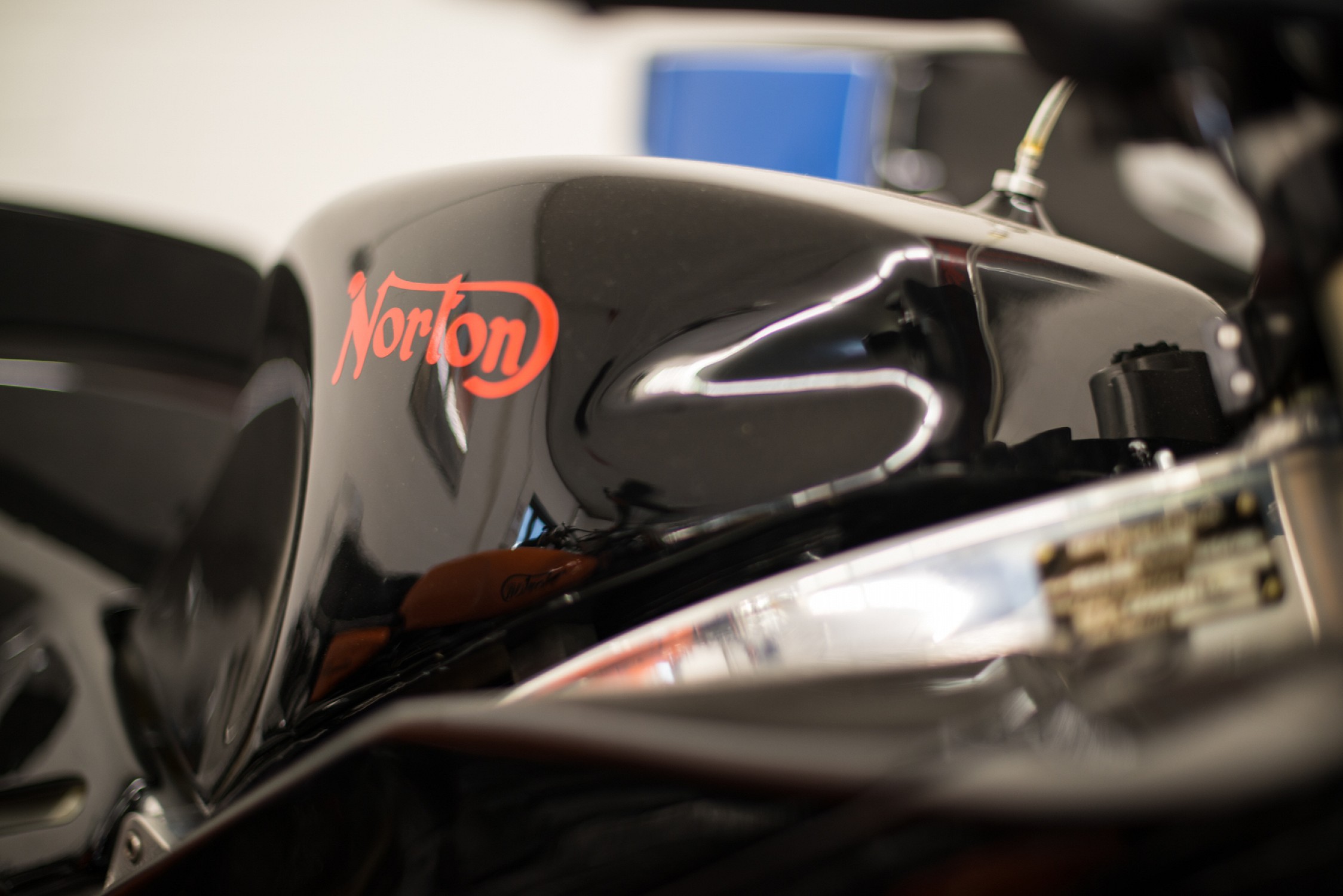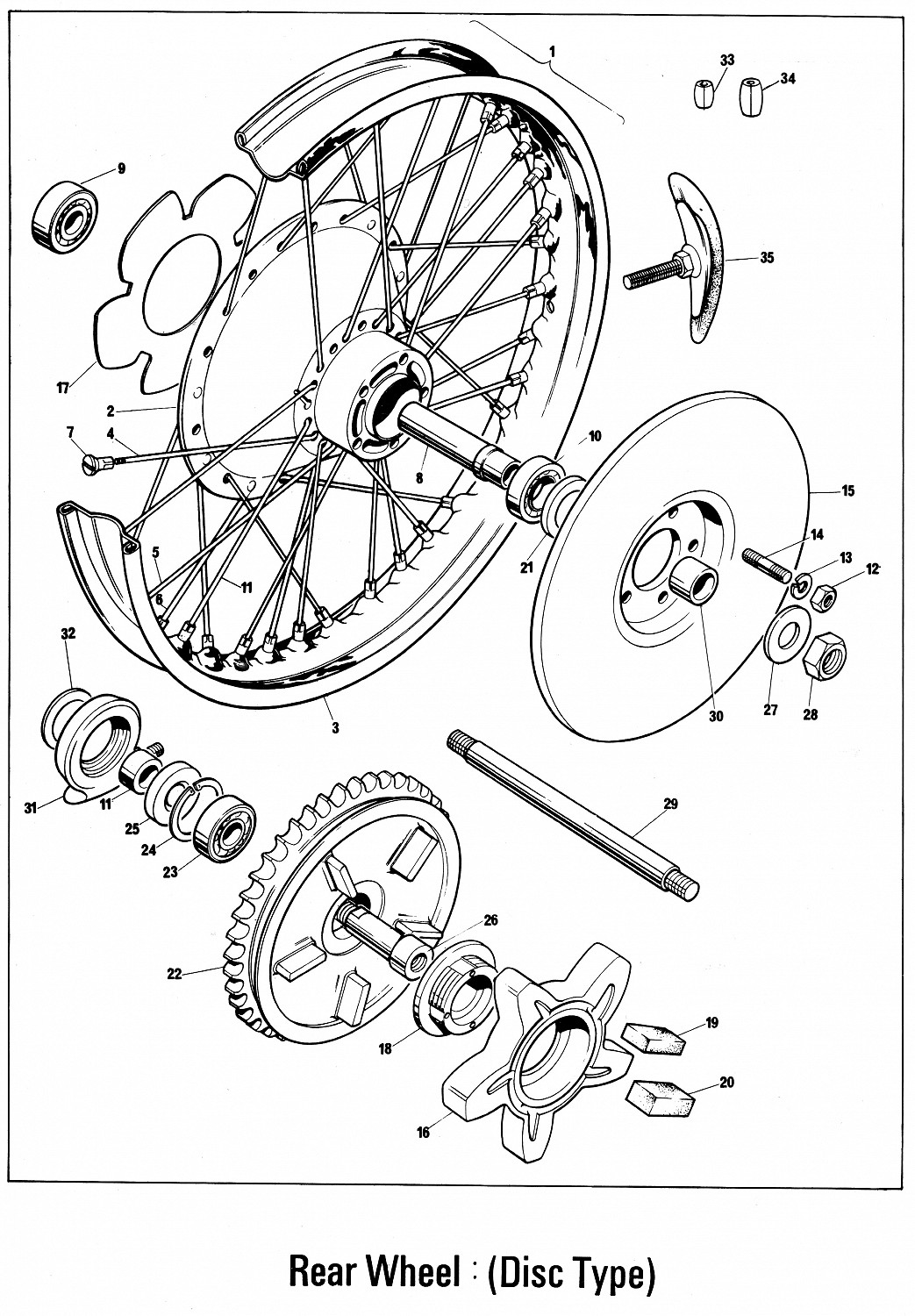- Joined
- May 5, 2017
- Messages
- 657
In Section A, they refer to it as a spindle. However, I find it interesting that in Section H1 step 4, Section H2 steps 3-5, and steps 8&9, Section H3 steps 9&10 plus Section H8, step 5, they refer to it as an axle. In fact, I see no use of the word spindle in Section H. I've updated the edited manual to show both terms. In Nortons defense, they include "GLOSSARY OF PART NAMES AND ALTERNATIVES", an English to North American technical term dictionary. It's located in the front of the manual, just after the Table of Contents.Chaztuna and others (myself included) are updating the MK 111 workshop manual concerning helpful revisions and cleaning up a few omissions.
I believe the 80 lbs./ft. in Section A causes potential problems. This might very well be changed to 50-60 and the word Axle placed after the word Spindle (in brackets) . Many on this side of the pond do not use the word Spindle.
Last month, I updated the edit to include book marks to speed getting to the correct section of the manual. These book marks are functional providing you are using Acrobat Reader to view the manual. Book marks can be seen by clicking the blue icon [2nd from the top] in the gray band in the left margin of any document that provides them. Click a second time to hide the book marks. They are not available if you are viewing the manual using Firefox or MS Edge. I don't use Chrome or Safari, so no idea about those.
In my experience, a spindle is a specialized axle, generally made of wood, used in making furniture or Industrial Revolution era machinery. The Mk III rear wheel instructions had to be written fresh, as earlier models had drum brakes. It appears that by 1975, axle was the preferred term.
Back to the subject at hand; I've previously owned 3 Commandos. I never broke a rear axle [aka spindle]. I never used a torque wrench, simply my professionally calibrated arm. I, like most others, learned at an early age [15] how tight was to tight, the hard way!



